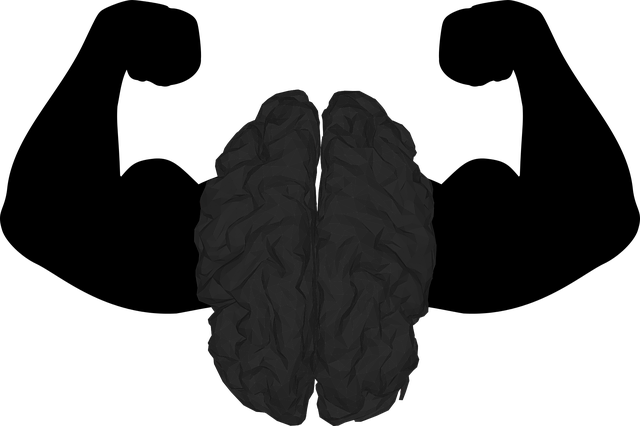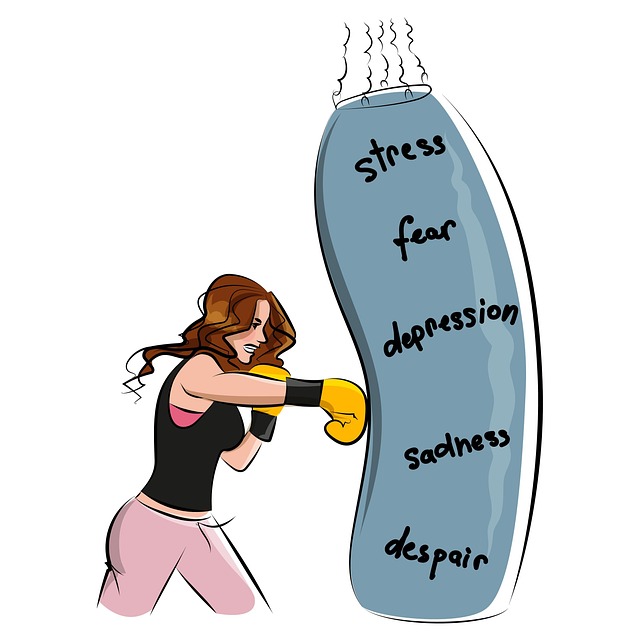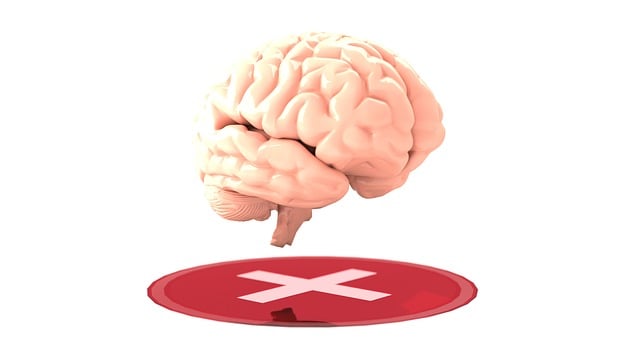Elder sexual dysfunction, often overlooked due to societal taboos, significantly impacts mental wellness. Addressing this requires a multifaceted approach, including Mental Wellness Coaching Programs and destigmatization. Public awareness campaigns play a crucial role in highlighting these issues, reducing shame, and encouraging open discussion. Effective campaigns for Therapy for Elders Sexual Dysfunction should use clear communication, crisis intervention guidance, and burnout prevention strategies for healthcare providers. Tailoring messaging to elders, caregivers, and families helps build trust and promotes emotional healing. Measuring success involves assessing both immediate engagement metrics and long-term behavioral changes in mental health impacts.
Public awareness campaigns play a pivotal role in addressing sensitive issues like elder sexual dysfunction, often overshadowed by societal taboos. This article explores strategies to develop impactful initiatives that break the stigma surrounding this topic, focusing on therapy options available to elders. We delve into understanding the issue, its effects on elderly well-being, and effective campaign techniques. By targeting the right audiences with tailored messaging, these campaigns can foster open conversations, leading to improved access to support services for those in need.
- Understanding Elder Sexual Dysfunction: A Sensitive Issue
- The Impact of Public Awareness on Breaking the Stigma
- Strategies for Effective Campaign Development
- Target Audience and Messaging: Reaching the Right Elders
- Measuring Success and Long-term Effects on Elder Well-being
Understanding Elder Sexual Dysfunction: A Sensitive Issue

Elder sexual dysfunction is a sensitive topic that often goes unaddressed due to societal taboos and lack of awareness. It’s crucial to understand that this issue affects many older adults, impacting their mental wellness and overall quality of life. Sensitivity and understanding are key when discussing and developing solutions for therapy among this demographic. Many elders struggle with sexual dysfunction as a result of various factors including age-related changes, chronic illnesses, or side effects from medication.
Addressing this challenge involves a multifaceted approach. Mental Wellness Coaching Programs Development can play a vital role in helping elders navigate these issues by providing coping skills development and teaching Mind Over Matter principles. Through personalized coaching, elders can learn to manage their symptoms, enhance communication with partners, and regain a sense of control and confidence in their relationships. Recognizing and discussing sexual dysfunction as a normal part of aging is the first step towards destigmatization, ensuring that those affected have access to appropriate therapy and support.
The Impact of Public Awareness on Breaking the Stigma

Public awareness campaigns play a pivotal role in challenging societal norms and breaking down stigmas, especially when it comes to sensitive issues like sexual dysfunction in elders. By shedding light on such topics, these campaigns can reduce the shame and embarrassment often associated with seeking help or understanding. For instance, raising awareness about therapy for elders’ sexual dysfunction empowers them to discuss their concerns openly. This shift in perspective encourages elders to seek professional support, fostering a more inclusive environment where mental health is prioritized.
Such initiatives also aim to educate communities about the various forms of sexual dysfunctions and the availability of therapeutic options. Through community outreach program implementations, stakeholders can reach a wider audience, providing valuable information on managing anxiety relief and stress related to these sensitive matters. This, in turn, promotes better overall mental health and well-being within the society.
Strategies for Effective Campaign Development

Developing an effective public awareness campaign requires a strategic approach, especially when addressing sensitive topics like sexual dysfunction in elders. One key strategy is to utilize clear and empathetic Communication Strategies. This involves using simple language that avoids stigmatization while conveying essential information. For instance, instead of focusing solely on the medical aspects, campaigns can humanize the issue by sharing stories of affected individuals, fostering a sense of understanding, and encouraging open dialogue.
Integrating Crisis Intervention Guidance into campaign materials is another vital step. Providing resources and tips for recognizing signs of sexual dysfunction and offering support can empower caregivers and healthcare providers. Additionally, including Burnout Prevention Strategies for Healthcare Providers ensures that those delivering the message are well-equipped to handle potential emotional challenges. This holistic approach enhances the campaign’s impact, fostering a supportive environment for both the target audience and the message carriers.
Target Audience and Messaging: Reaching the Right Elders

Effective public awareness campaigns for addressing therapy for elders sexual dysfunction must carefully consider their target audience—elderly individuals themselves, as well as their caregivers and family members. Messaging should be tailored to resonate with this demographic, acknowledging the unique cultural sensitivities and emotional healing processes that come into play when discussing intimate topics like sexual dysfunction in aging.
Public awareness campaigns development requires a nuanced approach that respects the diverse experiences and perspectives of elders. Incorporating cultural sensitivity in mental healthcare practice is essential, as it fosters trust and open communication. By recognizing and addressing the specific needs and challenges faced by elderly individuals regarding sexual health, these campaigns can break down barriers to care and encourage seeking support for emotional healing processes.
Measuring Success and Long-term Effects on Elder Well-being

Measuring the success of public awareness campaigns focused on elder well-being requires a multifaceted approach. While immediate engagement and participation rates are important indicators, evaluating long-term effects demands a deeper dive into behavioral changes and the impact on mental health. The development of robust metrics to capture these aspects is essential for understanding the true reach and effectiveness of such initiatives.
For instance, campaigns aimed at addressing therapy for elders’ sexual dysfunction can lead to significant improvements in mental wellness by fostering open dialogues about age-related taboos. This shift in perception may encourage elders to seek support for related issues, including stress management. A thorough Mental Health Policy Analysis and Advocacy could reveal increased access to specialized services, improved community integration, and enhanced quality of life for the elderly population, ultimately demonstrating the campaign’s lasting positive impact on their overall mental health and well-being.
Public awareness campaigns play a pivotal role in addressing sensitive issues like elder sexual dysfunction, breaking down stigma, and fostering open conversations. By employing effective strategies, targeting the right audience with tailored messaging, and measuring success through well-being metrics, we can significantly enhance support for elders experiencing this condition. Remember that increased awareness leads to better access to therapy for elders sexual dysfunction and improved quality of life.









